Description
The Baracchi Trophy
Until its demise in 1991 this two-man team time trial closed every road race season. Winning the Baracchi was a prize every rider wanted, but at its height, only the best could win it.
Photos: Offside and Cycling Legends
The Baracchi was a gem, it required special training and often pitted ego against ego. It was a celebration of two-man teamwork, the swish of silk tyres scattering autumn leaves, each rider giving their all. Shiny silk jerseys were the only concession to aerodynamics. Time trial wheels built by artists lacing tiny hubs to the thinnest rims with shiny steel spokes. The roads were lined with worshipping Tifosi. It looked glorious, it looked Italian.
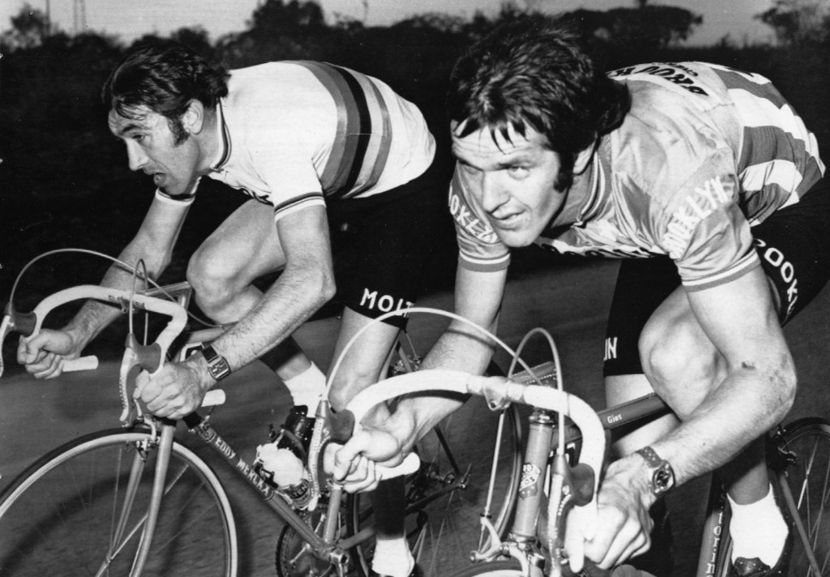
The race was created in 1941 by Mino Baracchi, a rich Bergamo businessman who wanted a race to honour his grandfather, a man who loved cycling. The first Baracchi Trophy was an individual time trial for amateurs. But Mino felt that wasn’t enough for his grandfather, so from 1944 until 1948 he opened his race to professionals.
That was good but then Mino heard about an older race that was no longer run, a two-man time trial for professionals. And not just any professionals, the best of their generation were invited to compete, they were paid to do so and paired up by the organisers.
That’s what made the race special, the invited riders could end up with a team-mate, a friend or a rival, and even an enemy. It was called the Giro della Provincia di Milano, and it ran from Milan to Como and back, finishing on the Sempione track.
The Sempione was demolished in 1928, leaving Milan without a banked cycling track until the Velodromo Vigorelli was finished in 1935. But the Giro della Provincia di Milano continued until 1937, when it was won by a Frenchman, Maurice Archambaud, who was just days away from setting a new world hour record of 45.767 kilometres on the Vigorelli. Archambaud’s racing partner that day was Aldo Bini, a top man who won Il Lombardia twice, the Giro del Piemonte three times and five stages in the Giro d’Italia, as well as several other good Italian races.

Velodromo Vigorelli
Mino Baracchi used the Giro della Provincia di Milano as the template for his 1949 Baracchi Trophy, working out a testing 100-kilometre route that was a nice mix of hills and flat roads around Bergamo. He paid the best racers to ride it, and to attract more attention he arranged for the Baracchi Trophy to be the last big pro race of the year.
It worked, riders didn’t come much bigger than the first two-man Baracchi Trophy winner, Fiorenzo Magni who had taken the first of his three Giro d’Italia and three consecutive Tour of Flanders victories by 1949. Magni’s partner was Adolfo Grosso, and Magni won with two different partners for the next two years.
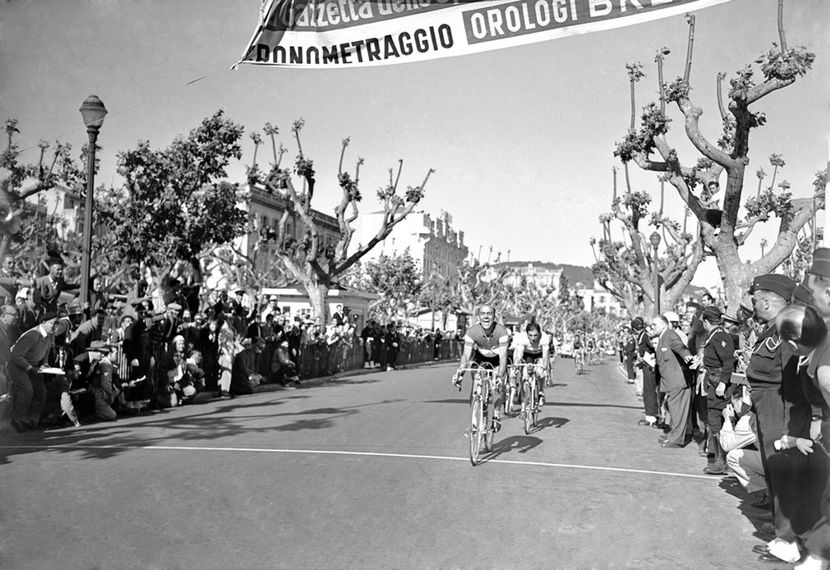
Fiorenzo Magni
Nino Defilippis from Turin won in 1952, then it was Fausto Coppi’s turn. He won in 1953 with that year’s amateur world road race champion, Riccardo Filippi, who stayed in Coppi’s service for the rest of his career. Filippi partnered Coppi to Baracchi Trophy wins in 1954 and 1955. But when Coppi won again in 1957 it was with Ercole Baldini.

Fausto Coppi and Riccardo Filippi
Jacques Anquetil won the Baracchi Trophy three times, but he didn’t like it. As the best rider of his generation Anquetil was paid well to take part, but he preferred riding time trials on his own. He was never more uncomfortable in the Baracchi Trophy, or maybe in any other race in his life, than he was when winning it in 1962. Egos definitely weren’t left in the start house that day.
Anquetil could drive himself as hard as he had to, so long as he dictated the pace and that pace was constant. In the 1962 Baracchi Trophy, Anquetil was paired with his German team mate, Rudi Altig, who was a monster in a two-man effort like this. A great track and road racer Altig injected pace into any breakaway, and would thunder through to do his turn at the front. To add a bit more spice, Altig and Anquetil had history in 1962.
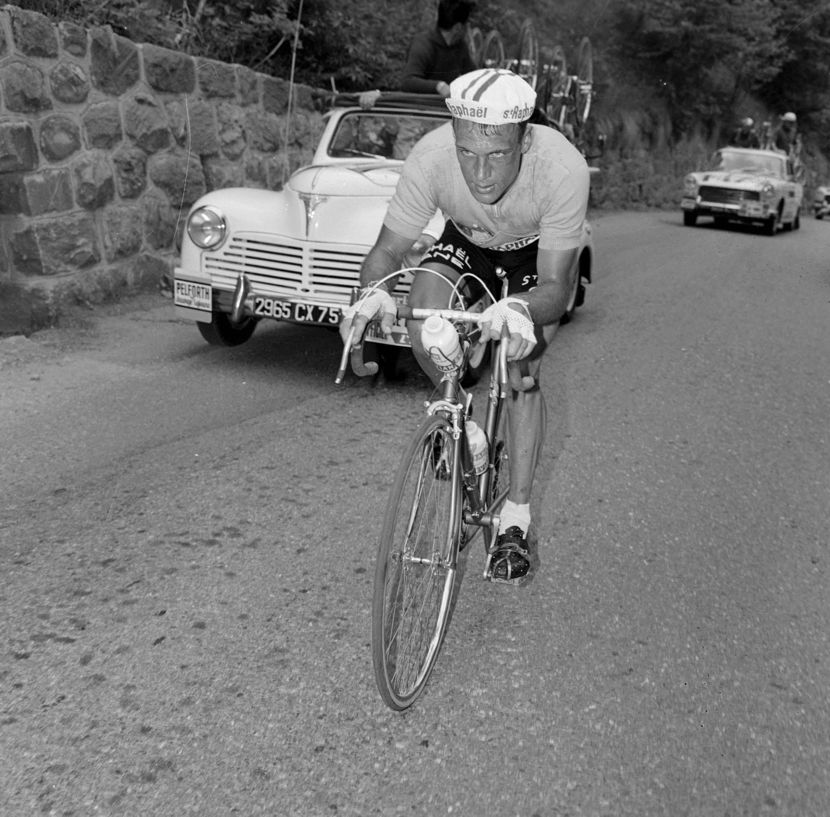
Rudi Altig
They were in the same team, St Raphael, but Anquetil thought Altig was trying to usurp him as its leader. Just to top it all Anquetil had a bad day, a very bad day. It rained all through the week before the race, when Anquetil was a guest of Mino Baracchi, and he decided to put his feet up and enjoy his Italian host’s hospitality. He didn’t train at all, but Altig did. He found a long tunnel near where he was staying, and he rode up and down it as many times as he needed to keep his race legs in trim.
Altig and Anquetil won, but the German nearly killed the Frenchman. Soon after the start Anquetil stopped doing his turns. Altig remonstrated with him, then tried encouraging him, but it was no good, Anquetil had nothing to offer. So Altig hit the front and stayed there, pacing and sometimes pushing Anquetil to the finish, where he had to be lifted off his bike.
It was an eventful Baracchi Trophy, and a rare moment of weakness from Anquetil, mostly though the Baracchi was a catwalk for talent. Eddy Merckx won it three times, Felice Gimondi won twice, but the King of the Baracchi is Francesco Moser with five victories between 1974 and 1985. They make up the bulk of the Moser family total, which is seven Baracchi Trophies; the eldest Moser, Aldo, won twice.
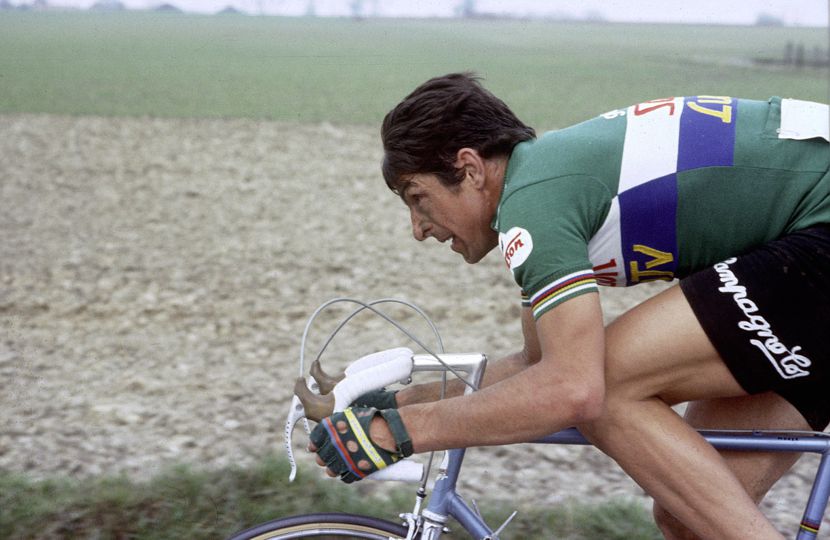
Francesco Moser
But even towards the end of the Moser era the Baracchi Trophy started looking like a race from another age. It certainly came from an age when the calendar was less crowded. The last two-man Baracchi was run in 1990. They ran the race as a solo time trial in 1991, but that was it; the end. Tony Rominger of Switzerland was the last winner of the Baracchi Trophy.
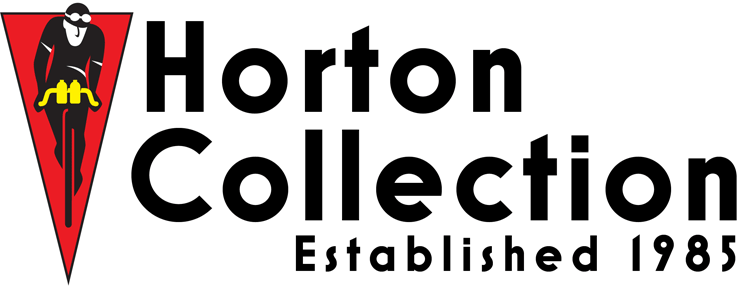
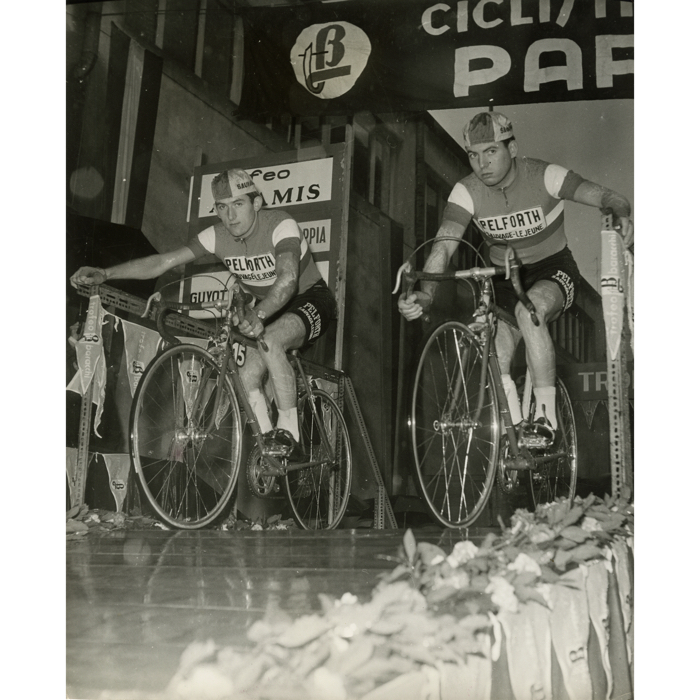
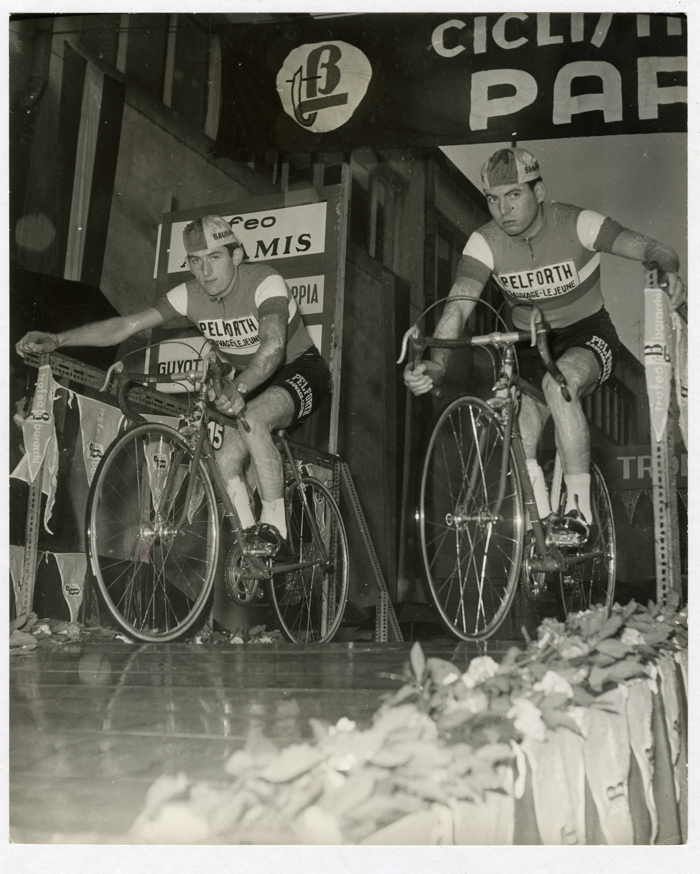
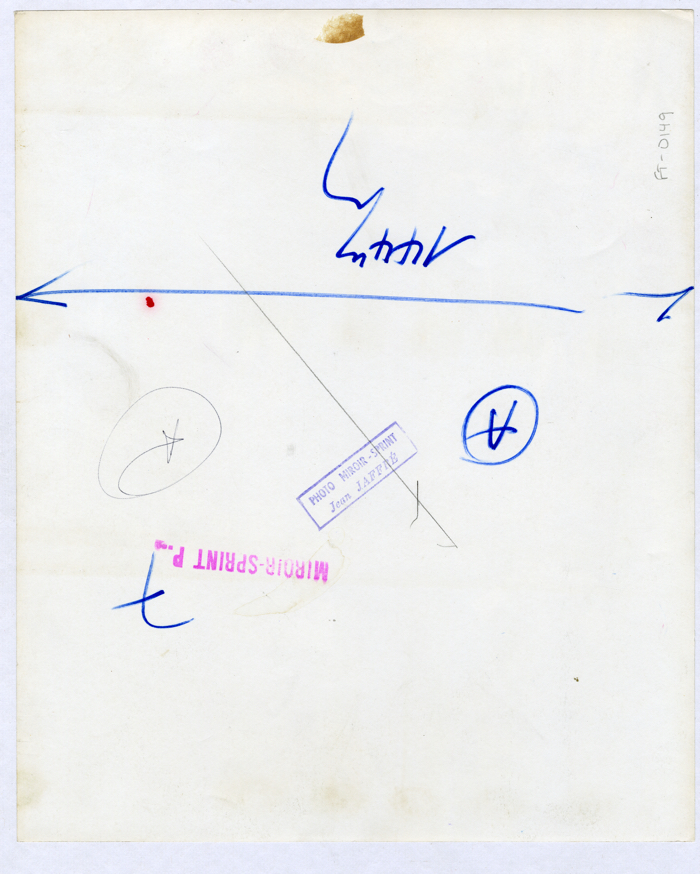
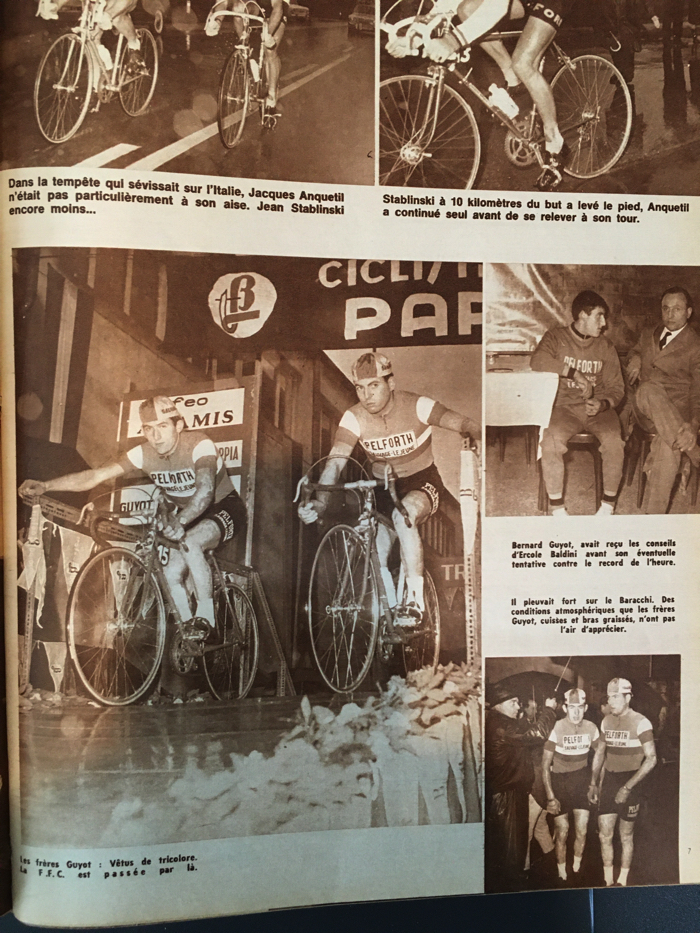
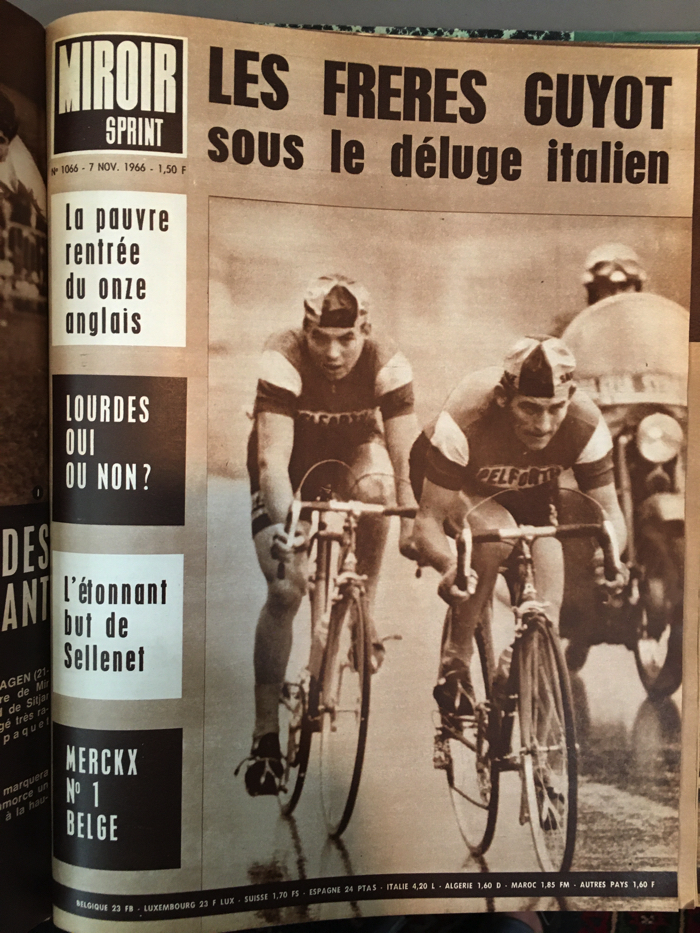

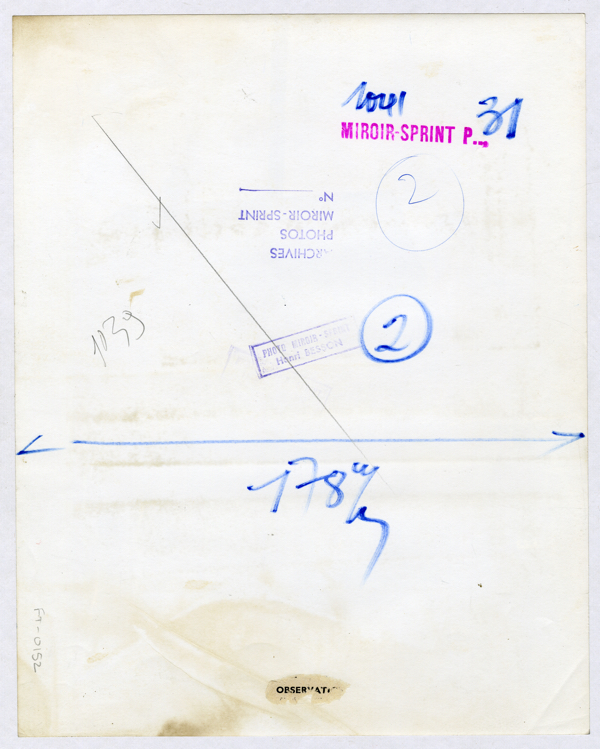
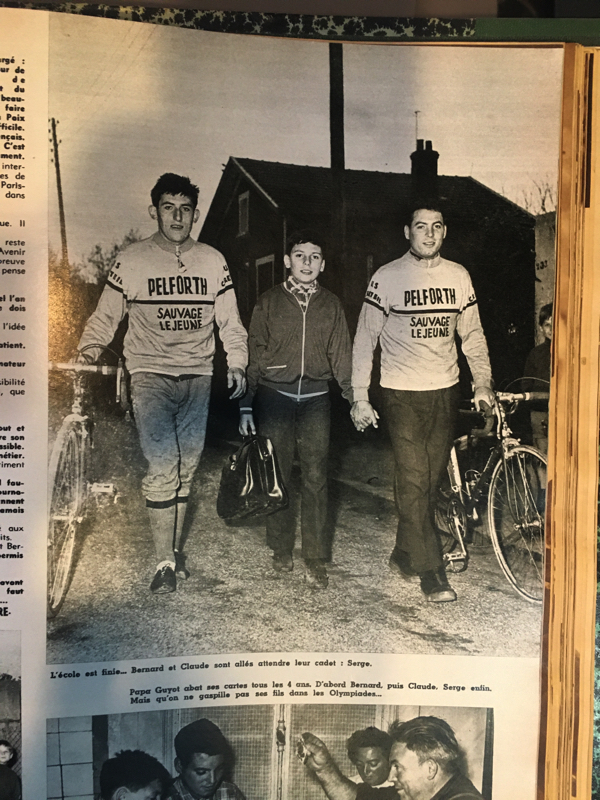
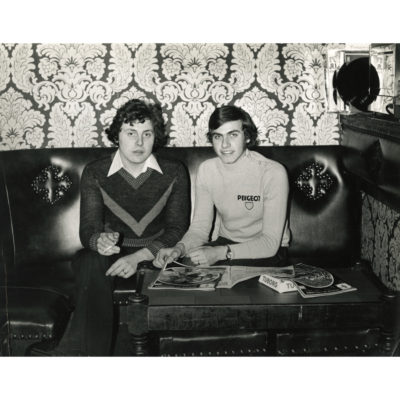
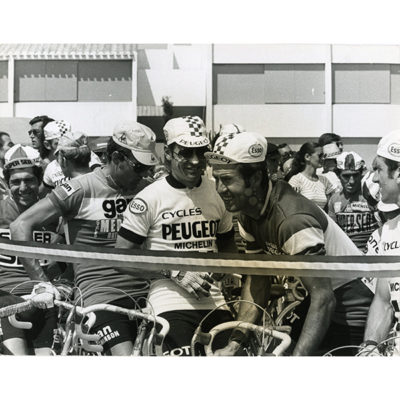
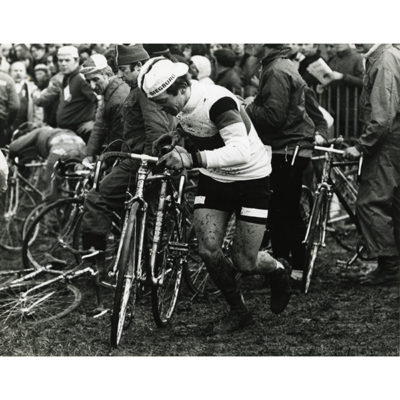
Recent Comments